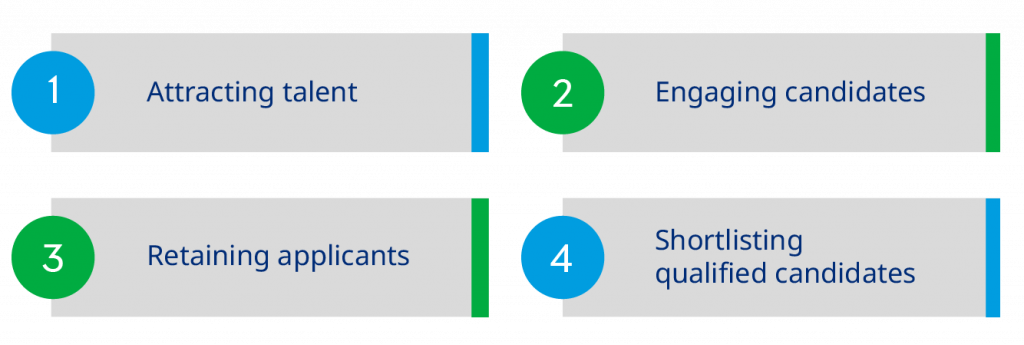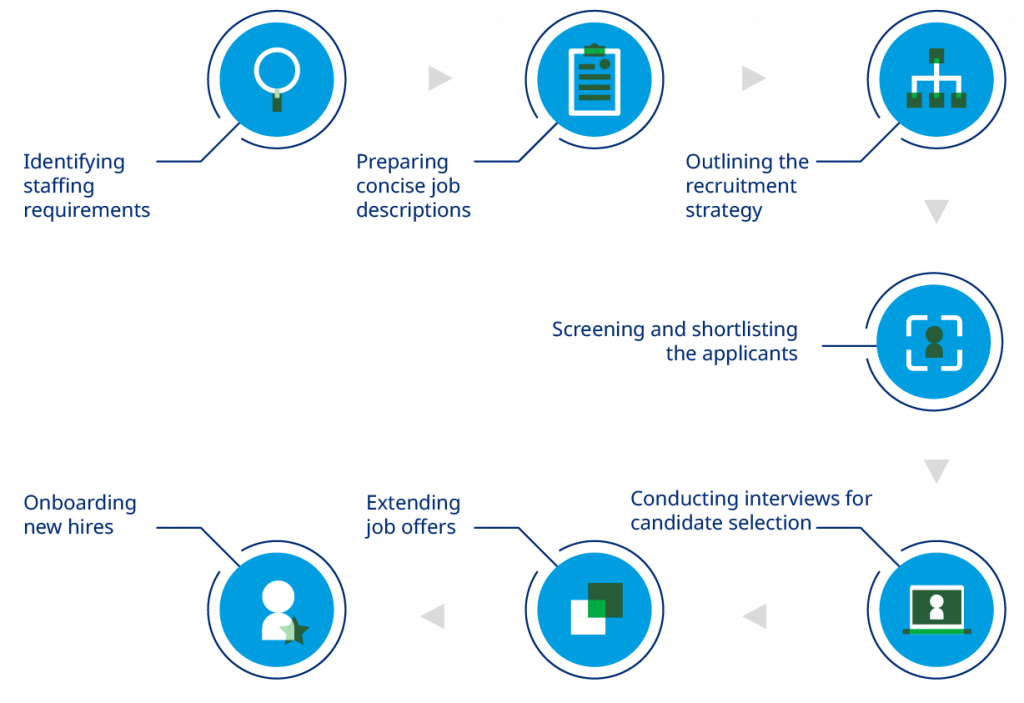5. Conducting interviews for candidate selection
In the past, interviews have been tests of an applicant’s ability to bear pressure. Nowadays, interviews are designed to get the most out of the candidate, to allow them to show their best selves. The interview process should be easy to understand, relatively quick, clear and transparent and most of all allow the candidate to relax and show off their skills and talents.
This is also where an HR professional’s impression is most felt, from a candidate’s perspective. While each of the previous steps also impacts candidate experience, this step is the most crucial in ensuring a good candidate experience.
The most effective way to get the best out of the candidate is to let them know exactly what to expect during the interview process- how long it will take and what the various steps are. It is also vital to inform them regularly about the status of their progress.
HR professionals have to work on constantly improving the interview process. One crucial element in streamlining the process is to get feedback from candidates at each step. This feedback can be incorporated immediately into the process, thereby improving it.









 Behavioral Competencies
Behavioral Competencies Cognitive Competencies
Cognitive Competencies Coding Competencies
Coding Competencies Domain Competencies
Domain Competencies


































Would you like to comment?